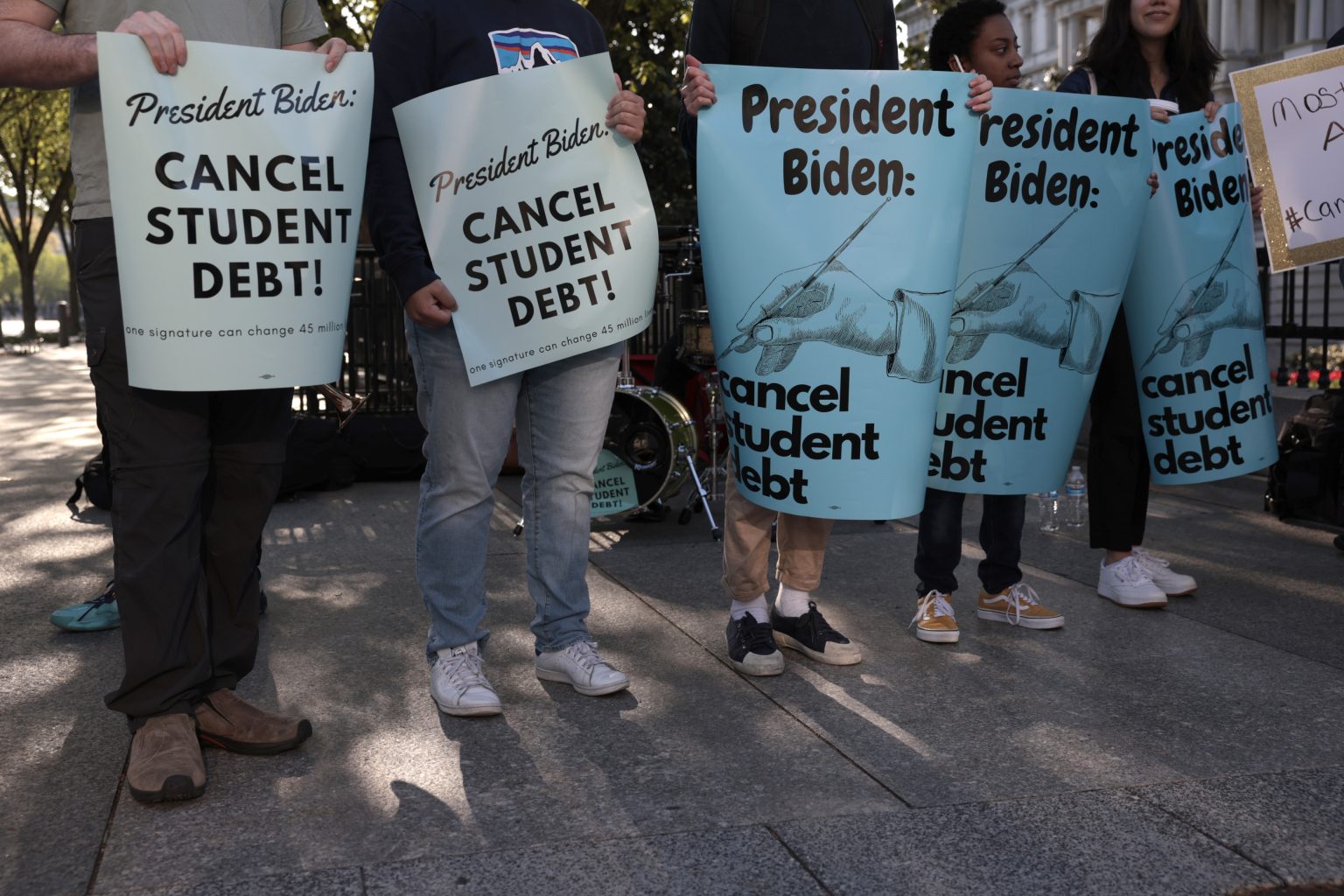The Biden administration has proposed a plan that could potentially lead to debt forgiveness for more than 30 million Americans with student loans. The plan focuses on borrowers under the Saving on Valuable Education (SAVE) plan, Public Service Loan Forgiveness, or other forgiveness opportunities who have been in repayment for at least a decade on a debt of up to $12,000. Other borrowers who may be eligible for debt cancellation are those who have been in debt for at least 20 years but have not yet cleared their loans. The majority of the forgiveness will be targeted towards those whose loans have grown significantly due to interest over time, particularly those with longstanding student debt of about a decade or more.
The White House’s plan also includes undergraduate student borrowers who began repaying their loans on or before July 1, 2005, and graduate students who started repaying their loans before July 1, 2000. The administration suggests that they will release more details about the proposal in the coming months, with plans to begin canceling up to $20,000 in interest for millions of borrowers and providing full loan forgiveness for others. The goal is to relieve the financial burden on millions of Americans struggling with student loan debt, particularly those in the younger Gen Z demographic.
President Biden has long promised to provide relief for student loan borrowers, with his initial plan to forgive up to $20,000 per borrower being halted by the Supreme Court last summer. Since then, the administration has found alternative ways to cancel debt by revising administrative rules and introducing new approaches that have resulted in 4 million Americans seeing their debt forgiven, totaling nearly $150 billion. Using negotiated rule-making under the Higher Education Act, the White House has been able to pursue more forgiveness opportunities, including eliminating accrued interest for millions of borrowers and canceling the full amount of debt for over 4 million borrowers.
Despite these efforts, some analysts caution that the Biden administration may still face legal challenges with the latest student loan forgiveness plan. Kate Wood, a lending expert at NerdWallet, suggests that while the new plan uses a different legal framework than the one struck down by the Supreme Court, there may still be potential legal obstacles. If the programs are enacted, they are not expected to roll out until the fall, with most eligible borrowers not seeing the effects until the following year. The administration remains committed to finding ways to provide relief for student loan borrowers and address the growing issue of student debt in the United States.
In light of the ongoing challenges faced by millions of Americans with student loan debt, the Biden administration’s latest proposal to potentially forgive loans for more than 30 million borrowers is a significant step towards providing relief. By targeting borrowers who have been in repayment for a decade or more, as well as those with significant interest on their loans, the plan aims to alleviate the financial burden on those struggling with student debt. While legal challenges may still arise, the administration continues to prioritize finding ways to address the student debt crisis and help borrowers manage their financial obligations effectively. Through negotiated rule-making and revisions to administrative rules, the White House is working to provide more forgiveness opportunities for millions of Americans, ultimately aiming to provide debt relief for those in need.


